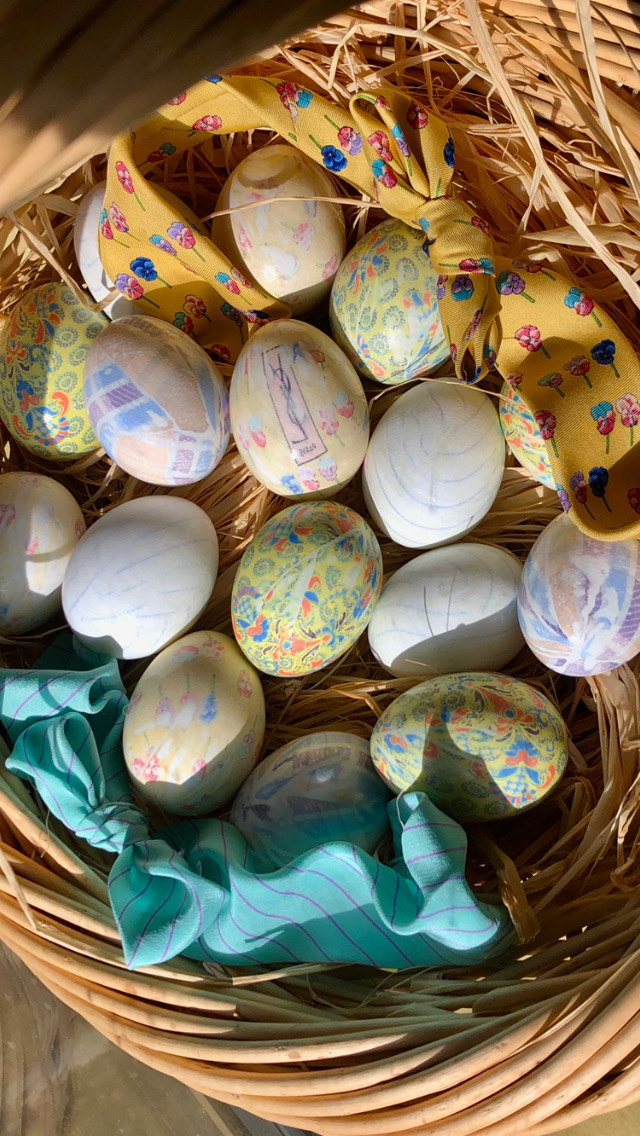There are 6 basic types of soil. Sand, Clay, Slit, Peat, Chalk, and Loam.
Sandy is fine and has great drainage. It tends to be acidic and doesn’t have many nutrients. If you have sandy soil adding peat, mulch and manure will add needed nutrients, and keep them from running off.
Clay is dense and drys out in the summer. In the winter it holds in the moisture and cold and can be challenging. Adding peat moss, manure and compost will add much-needed nutrients. And help drainage.
Silty soil has nutrients, but like clay is dense and needs help with drainage. Adding peat moss and manure will improve this soil type.
Peat is broken down organic matter and is not normally found in soil, but added in to improve existing soil types.
Chalky soil is highly alkaline and has lime in it. This is the opposite of acidic soils and only plants that like alkaline soil with grow here.
Loamy soil is the best to grow in. If your lucky enough to have it naturally, celebrate! It is the best of all the soils and has the right combinations to maximize growth. As well as awesome drainage.
It’s good to keep in mind that cement is made of Sand, Clay, and Lime. Drainage is a must for your soil, so adding what you need for your specific soil is important. You may consider having your soil tested at the nearest Agriculture University.
You may have also noticed that manure is beneficial to all soil types. Adding manure in the spring and fall to your soil adds needed nutrients and is crucial when gardening in containers. When adding manure, Cow, Chicken, Horse, and Rabbit are all great options. To make sure you don’t burn your plants, add manure to compost and spread it out in all containers or on all plants.
If you don’t have great soil on your part of our earth, don’t fret. Consider container gardening. Or building a raised planter bed. There are options.
Remember, making sure you have good soil to start is the best way to ensuring success in your planting adventures!

Pingback: Planting Seeds – The Butterfly Hill